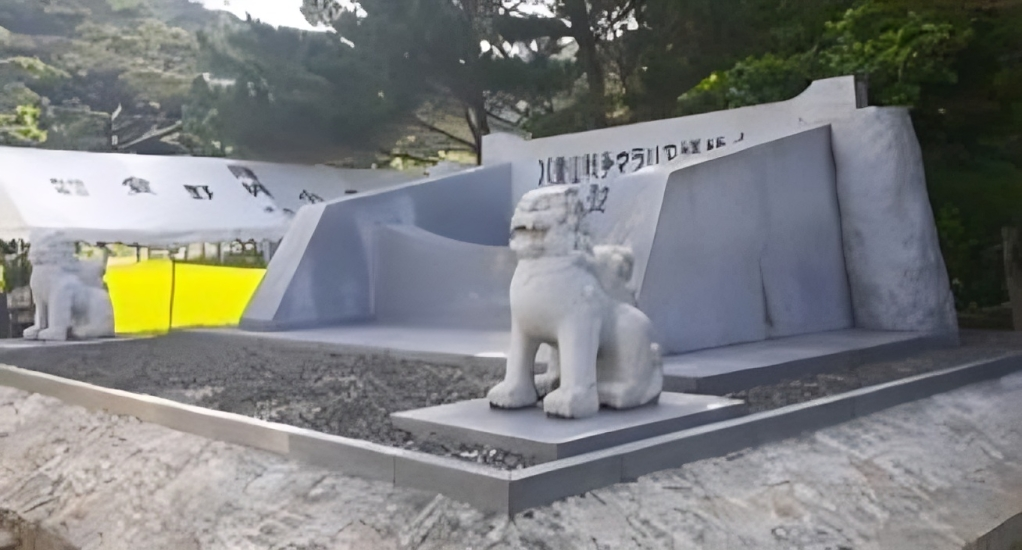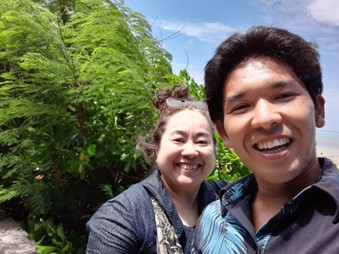Report by Tatsuki Kohatsu (Department of Geography and Environment)
Why and how Okinawa becomes a site of militarization in East Asia is a taken-for-granted question that is often met with superficial responses. It is critical to observe that making Okinawa a strategic site involves imagining it as such, which is materialized through treaty negotiations, boundary drawing, and everyday activities.

I spent many months in Okinawa conducting archival research, interviews, and field observation, particularly on the islands of Ishigaki and Yonaguni. This fieldwork expanded the focus of my research beyond Okinawa Island, highlighting the role of the entire Ryukyu archipelago in the geographical imagining of Okinawa as a strategic site, and re-examining the current deployment of Japan Self-Defense Forces (JSDF) in these islands.
Archival research at the Okinawa Prefectural Archives and community libraries was also critical. Examining historical documents, including those from the government, military, and personal accounts, revealed lasting impacts on people’s lives through the periods of the U.S. military occupation and the Okinawa’s reversion to mainland Japan in 1972. My research shows how the particular imagining has profopund implications for not only international relations and geopolitics, but also for people’s livelihoods. It should be noted that people’s everyday activities and the drawing of boundaries are interconnected in materializing the strategic imagination of the Ryukyus.
Additionally, I was able to conduct semi-structured interviews with city officials and community members. Conversations often took the form of yuntaku, an informal Okinawan-style chat, taking place in various settings such as during community events, at dinner tables, and on the streets. These informal interactions were significant for learning people’s candid views and opinions. I am very grateful for the support I received, without which my research would have been more limited.

